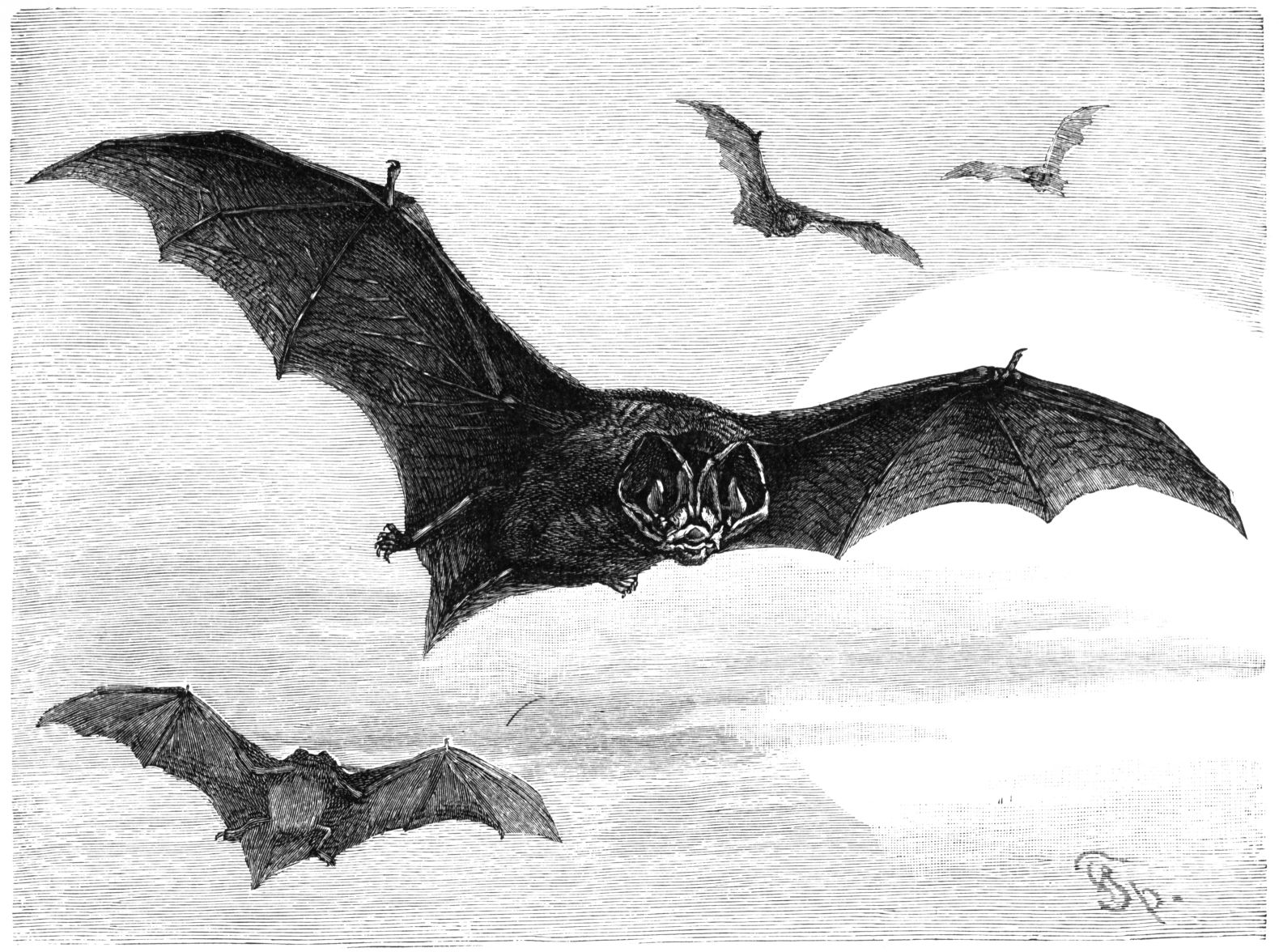- Barbastelle
Taxobox
name = Barbastelle

image_width = 240px
status = VU | status_system = IUCN2.3
regnum =Animal ia
phylum = Chordata
classis =Mammal ia
ordo =Chiroptera
familia =Vespertilionidae
genus = "Barbastella "
species = "B. barbastellus"
binomial = "Barbastella barbastellus"
binomial_authority = (Schreber, 1774)The Barbastelle ("Barbastella barbastellus"), also known as the Western Barbastelle, is a
Europe anbat . It has a short nose, small eyes and wide ears.It is rare throughout its range. In Britain, only a few breeding roosts are known;
Paston Great Barn inNorfolk , parts ofExmoor and theQuantock Hills inDevon andSomerset ( seeTarr Steps ), the Mottisfont woodland inHampshire andEbernoe Common inWest Sussex . [ [http://www.jncc.gov.uk/protectedsites/sacselection/species.asp?FeatureIntCode=S1308 Barbastella barbastellus] ,Joint Nature Conservation Committee , retrieved on September 1, 2008.] In Norway, it was considered extinct, having only been sighted in 1896, 1911, 1913 and 1949. However, it was again found in 2004 and 2008. [cite news |title=Hemmelighetskremmeri om «utdødd» flaggermus |author=NTB |date=22 April 2008 |accessdate=2008-04-22 |language=Norwegian |url = http://www.aftenposten.no/viten/article2384356.ece]Echolocation
The Barbastelle has two main call types used for echolocation. The frequency parameters of call type 1 lie between 30-38 kHz, have most energy at 33 kHz and have an average duration of 2.5 ms. [Parsons, S. and Jones, G. (2000) 'Acoustic identification of twelve species of echolocating bat by discriminant function analysis and artificial neural networks.' "J Exp Biol"., 203: 2641-2656.] The frequency parameters of call type 2 lie between 29-47 kHz, have most energy at 38 kHz and have an average duration of 4.1 ms. [Parsons, S. and Jones, G. (2000) 'Acoustic identification of twelve species of echolocating bat by discriminant function analysis and artificial neural networks.' "J Exp Biol"., 203: 2641-2656.] [Obrist, M.K., Boesch, R. and Flückiger, P.F. (2004) 'Variability in echolocation call design of 26 Swiss bat species: Consequences, limits and options for automated field identification with a synergic pattern recognition approach.' "Mammalia"., 68 (4): 307-32.]
References
External links
* [http://www.arkive.org/species/ARK/mammals/Barbastella_barbastellus/ ARKive page about the Barbastelle]
* [http://www.worlddeer.org/britishbats/barbastelle.html www.worlddeer.org/britishbats/barbastelle]
Wikimedia Foundation. 2010.
